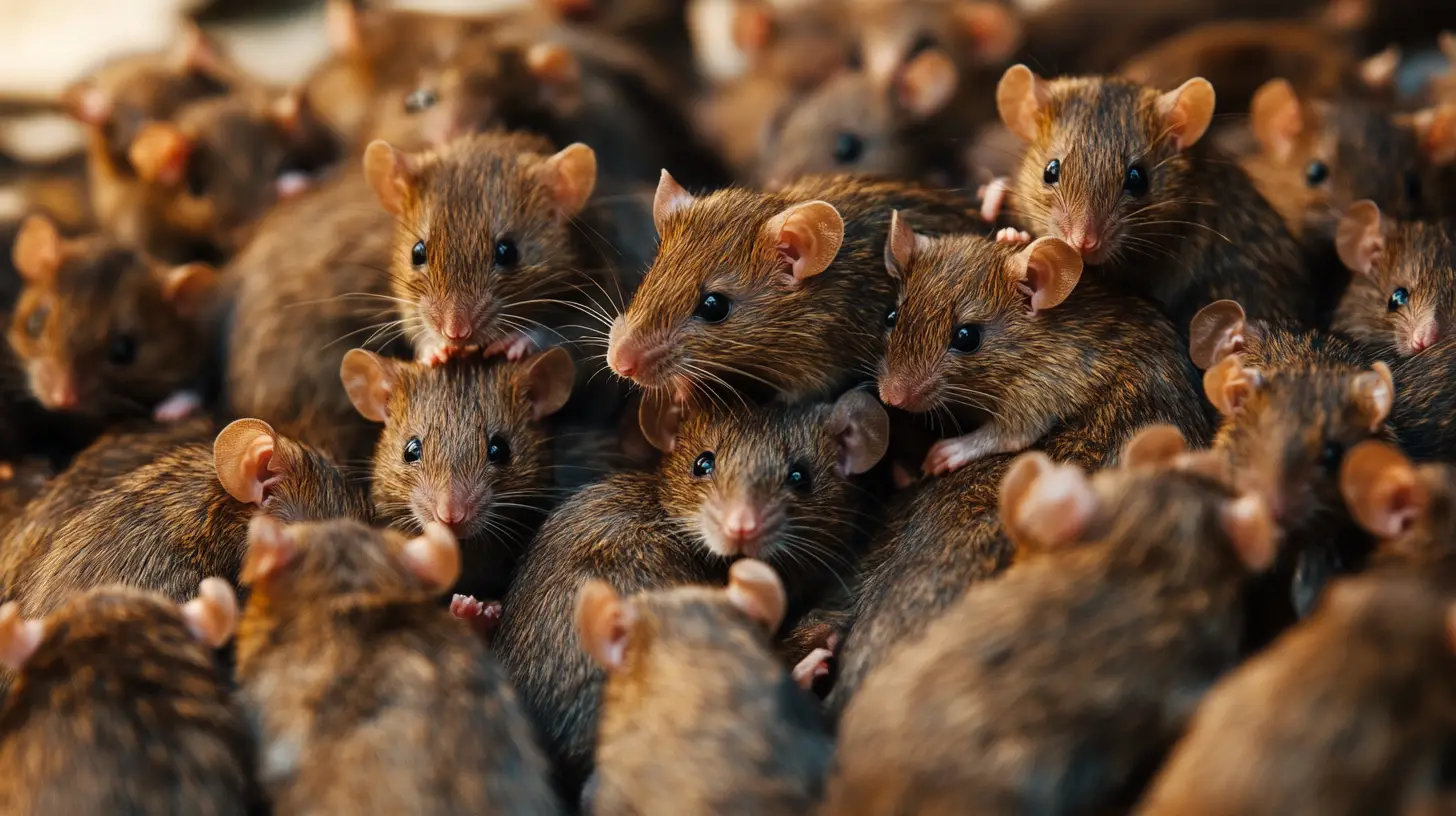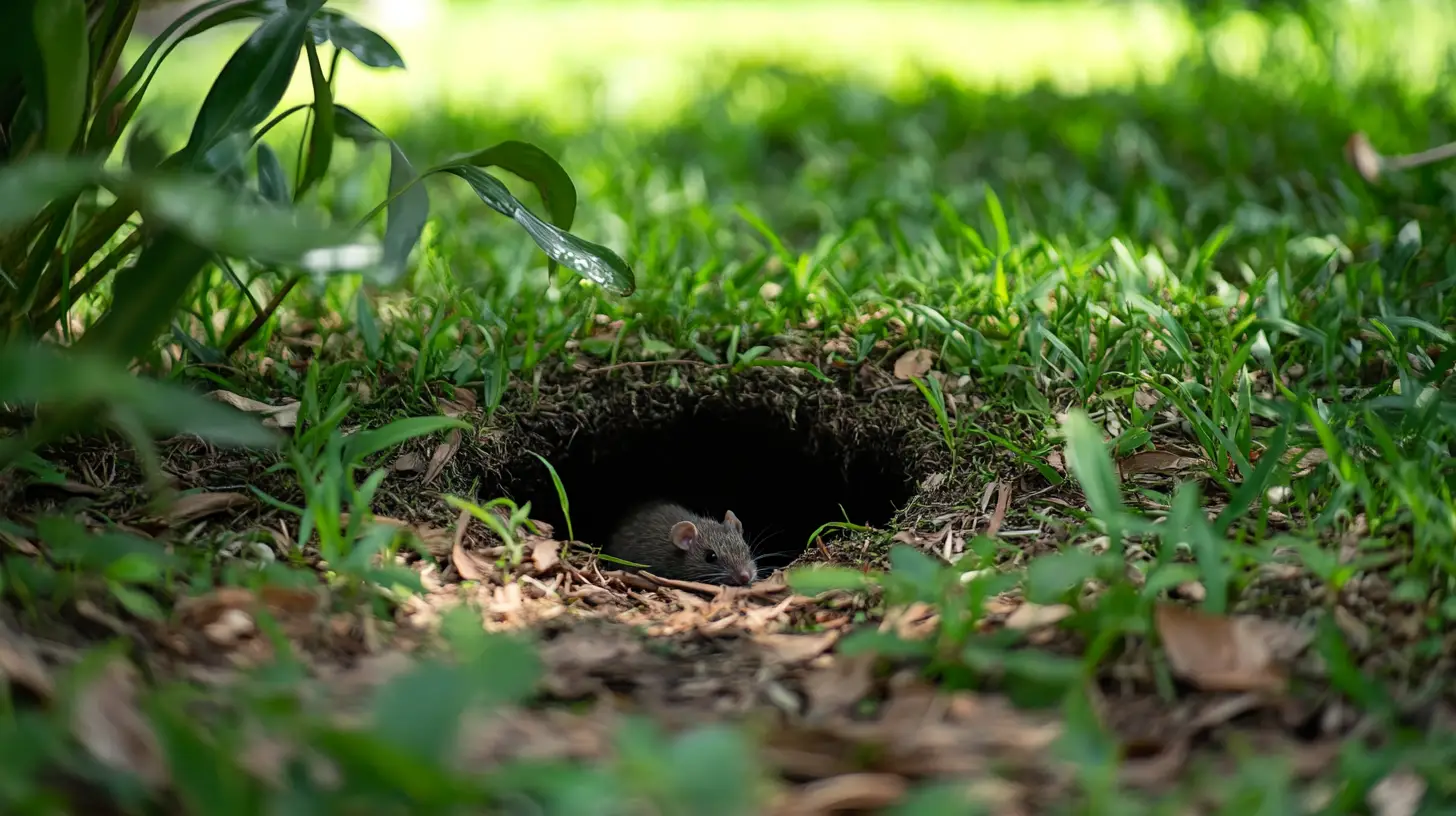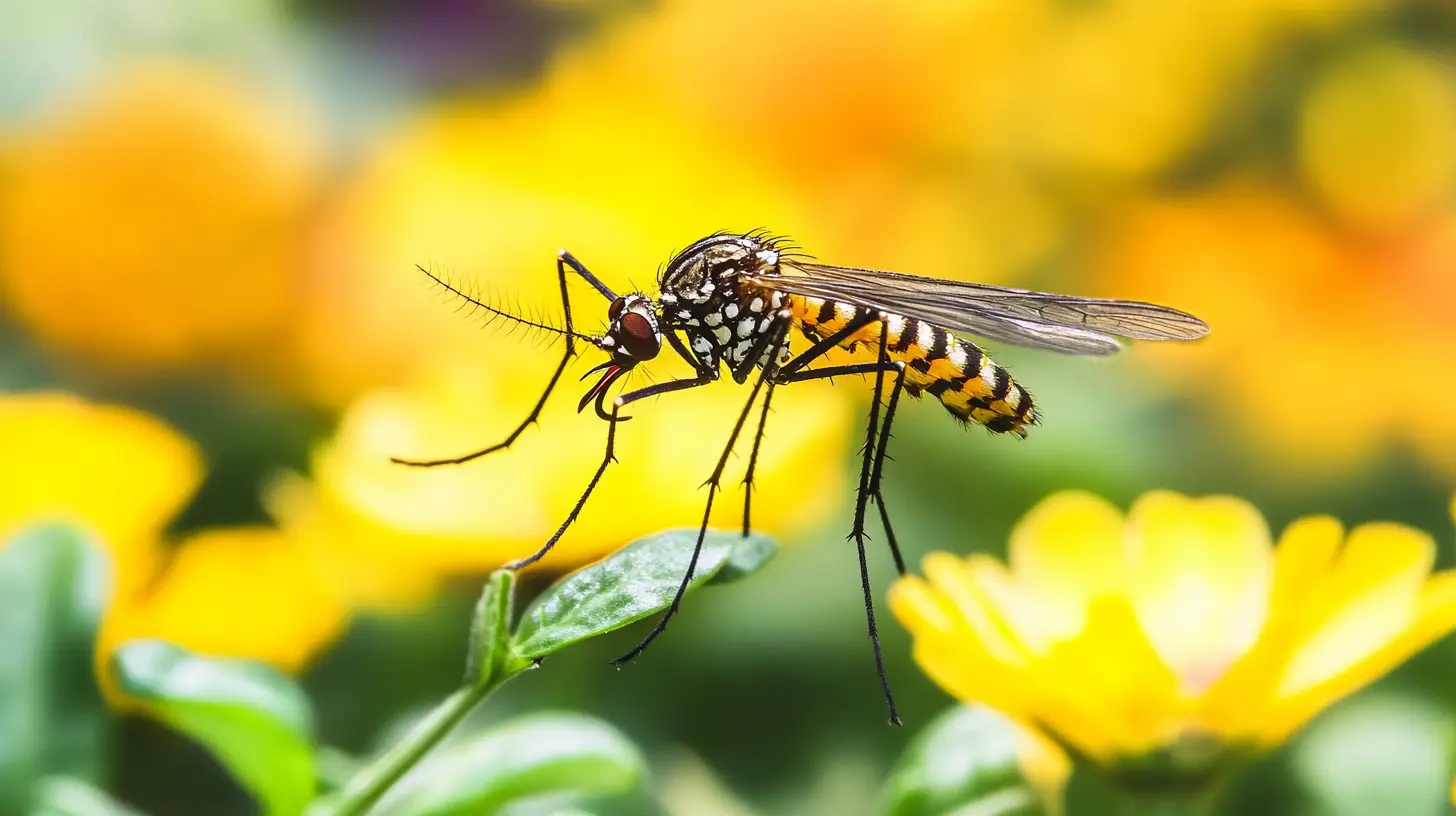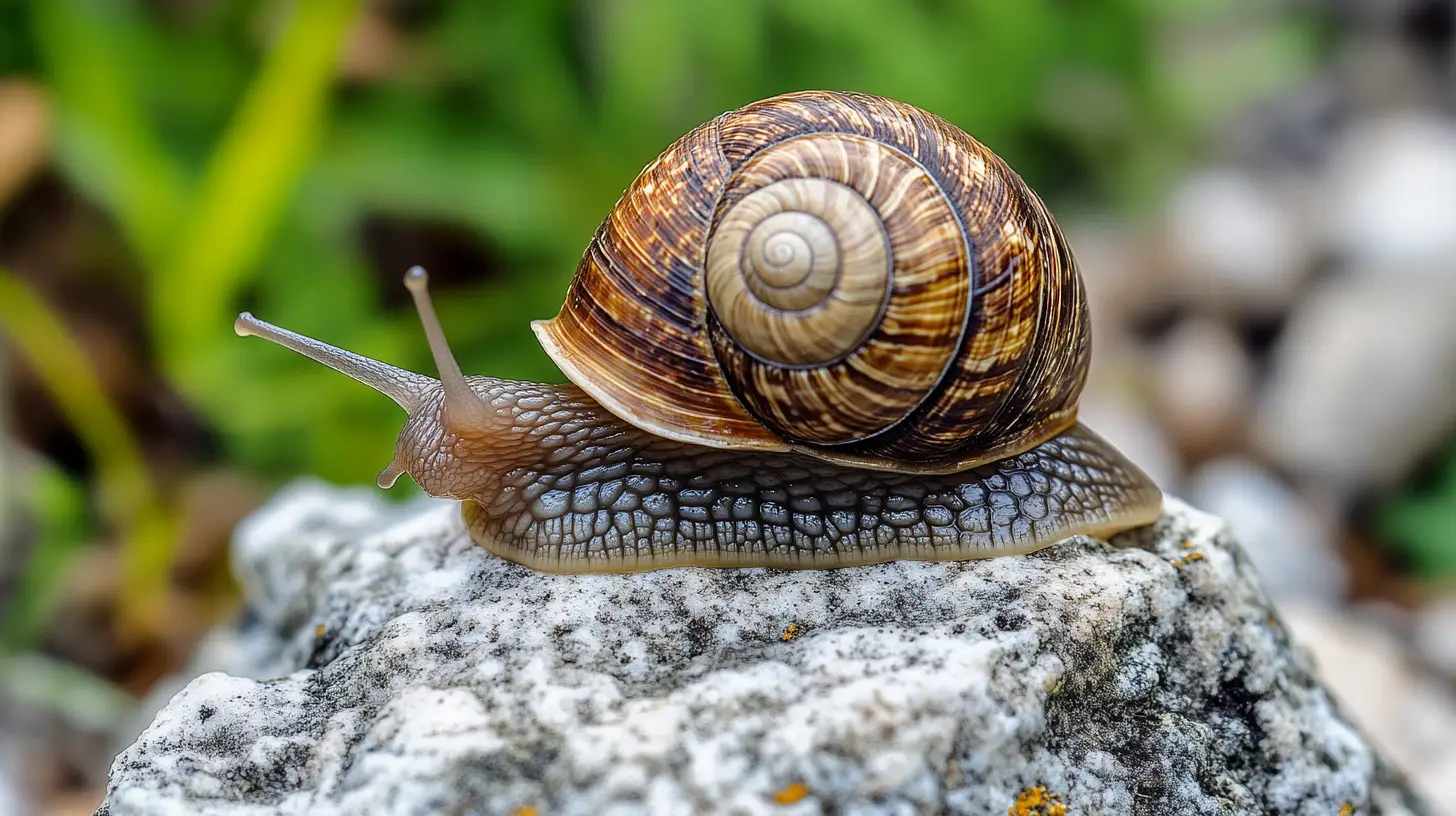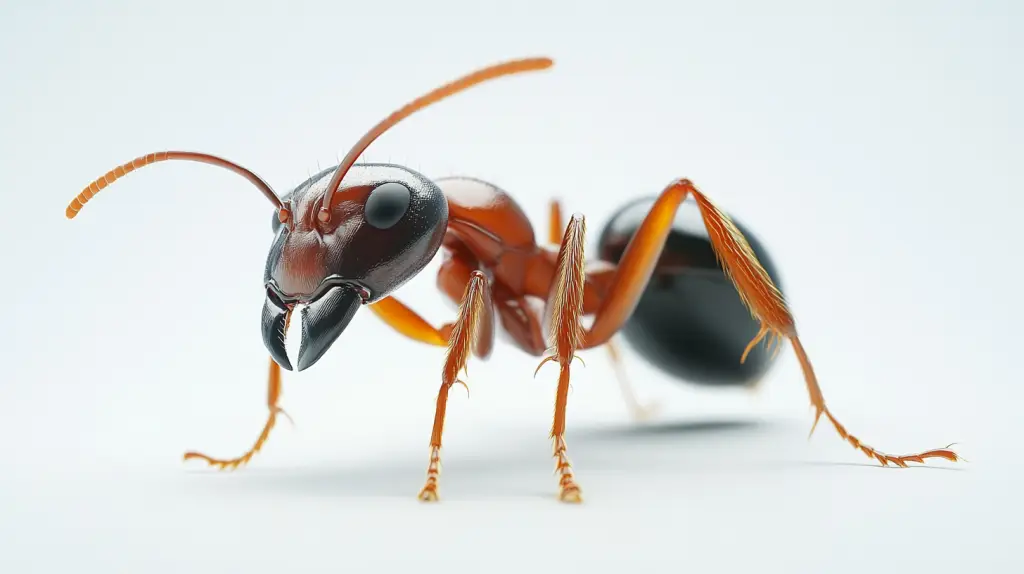
Table of Contents
Sugar ants are primarily known for their love of sugary substances. They will actively seek out anything sweet, including honey, fruit, nectar, and spilled sugary drinks. This behavior is what gives them their common name. These persistent little intruders can quickly become a nuisance, invading your space in search of sweet treats. While they may seem harmless, sugar ants can be surprisingly difficult to evict once they’ve settled in.
You might not know that sugar ants are actually a term used for several species of ants, including the notorious ghost ants. These critters are named for their pale appearance, which makes them almost invisible as they scuttle around your home. Understanding their behavior and preferences is key to effectively tackling an infestation.
In this text, you’ll discover practical strategies to get rid of sugar ants for good. From identifying their entry points to employing natural and chemical answers, you’ll gain the knowledge needed to reclaim your home from these unwelcome guests. Let’s jump into the industry of sugar ants and take back your space.
Key Takeaways
- Sugar ants, including species like ghost ants and odorous house ants, can be troublesome but can be managed with effective strategies.
- Identifying sugar ants is crucial; look for their 1.5 to 5 millimeter size, color variations, and 12-segmented antennae.
- Understanding sugar ants’ origins and nesting habits helps in targeting their entry points and eradicating them from homes.
- Natural remedies, such as vinegar, boric acid, and essential oils, offer eco-friendly solutions to disrupt sugar ant trails and repel them.
- For persistent infestations, chemical methods like ant baits and insecticidal sprays may be required, with safety precautions considered.
- Removing sugar ant nests by directly treating them ensures long-term control and prevention of future infestations.
What Are Sugar Ants?
Sugar ants are more than just a common nuisance; they’re an intriguing part of the network and can impact your environment, especially in places like Lakewood Ranch. When discussing sugar ants, you’re actually referring to various ant species, not a singular type.
These insects, including familiar names like the odorous house ant, exhibit an affinity for sugary substances. Which makes your kitchen a prime target. Sugar ants are often nocturnal foragers. In many species, they tend to forage for food at night, making them less noticeable during the day but still very capable of finding any sugary residues left out overnight.
The term “sugar ant” is used broadly and can refer to several ant species that display an affinity for sweet foods. In the United States, odorous house ants (Tapinoma sessile), named for the strong, rotten coconut-like odor it releases when crushed. This smell helps differentiate them from other small ant species. Pavement ants (Tetramorium caespitum), on the other hand, are often called sugar ants, while in Australia, Camponotus consobrinus is the specific sugar ant species.
Biologically, these ants play a important role. They contribute to the environment by aerating the soil and decomposing organic matter. But, their presence in homes isn’t as beneficial. You’ll often spot them in storerooms, kitchens, or any location with accessible food sources.
They often nest in soil, under rocks, logs, and even in walls or between floorboards inside homes. They prefer warm and humid conditions, and this adaptability makes them a common household pest.
Understanding their habits helps in efforts to effectively get rid of sugar ants.
Entomologists highlight the social structure of these ants, where workers venture out to collect food, leaving pheromone trails for others to follow. This system ensures a consistent supply of nourishment back to the colony. This is why you might notice a long line of ants heading to a sugary spill in your kitchen. Recognizing these trails can be crucial. If you wish to eliminate the ants, breaking the trail becomes a priority.
Environmentally, sugar ants interact with other species, sharing symbiotic relationships with certain plants and insects. Some sugar ants have a mutualistic relationship with aphids. They protect aphids from predators in exchange for honeydew, a sweet, sugary liquid that aphids produce. This behavior is beneficial for both the ants and aphids but can be problematic for gardeners, as aphids damage plants. Their influence extends to predatory and prey networks, creating a balance within their habitats. While their role in the natural industry is pivotal, once inside your home, they disrupt the harmony.
Recognizing the subtle yet intriguing presence of sugar ants aids in preventing and controlling infestations. With the right knowledge, dealing with these tiny invaders becomes a manageable task. Understanding their habits and roles in the network informs the strategy to effectively handle and potentially eliminate them from your living spaces.
How to Identify Sugar Ants
Identifying sugar ants involves observing several key characteristics. Proper identification helps to target your efforts to get rid of sugar ants more effectively.
Size and Color
Depending on the specific type of “sugar ant,” they can vary widely in size. Camponotus consobrinus in Australia can grow up to 15 mm (0.6 inches), while odorous house ants are much smaller, typically only about 2-3 mm (0.08-0.12 inches) in length. Their color varies, often appearing as black, brown, or translucent white. In Lakewood Ranch, you’re most likely to encounter ghost ants with their distinct pale hue.
Antennae
Notice their antennae, which are a crucial identifier. Sugar ants have 12-segmented antennae with no club. This feature aids in detecting pheromone trails that guide them to food sources.
Nesting Sites
Examine potential nesting sites where sugar ants commonly reside. These ants prefer warm, moist environments and may inhabit wall voids or beneath building foundations. Gardens with abundant vegetation also attract them due to available food sources.
Type
Within the sugar ant category, several species interact uniquely with local flora and fauna. Ghost ants, for instance, are well-adapted to subtropical climates like Lakewood Ranch, effectively handling through human environments. Understanding their type and behavior directly aids in choosing appropriate ant control measures.
Where Do Sugar Ants Come From?
Sugar ants, known for their predilection for sweets, often originate outdoors and make their way into homes to forage. Unlike many pests that dwell within human structures, sugar ants typically nest in garden areas, beneath rocks, or within decaying logs. Their presence in Lakewood Ranch is due to the environment’s warm and moist conditions, ideal for nesting. You might observe more activity following rain, as sugar ants venture inside looking for food and refuge.
Understanding their origins helps get rid of sugar ants effectively. These ants follow pheromone trails, leaving chemical signals for others to find food and water sources. Inside homes, they’re drawn to kitchens and storerooms where sugar or sweet foods are accessible. Sugar ants are very small and can enter homes through tiny cracks and crevices. Their attraction to sweet food means that even a small sugary spill can bring them in. Ant control typically involves sealing entry points, removing food sources, and baiting with slow-acting insecticides that allow the ants to carry the poison back to the colony.
Known for their adaptability, sugar ants establish colonies near areas rich in resources. Their intricate social structure involves a queen, worker ants, and soldiers, with foragers actively seeking sustenance. Even though they contribute to ecological balance by aiding decomposition and soil aeration, their ability to infiltrate homes becomes problematic when they seek out sugary foods.
Recognizing sugar ants’ behavior and originating points sharpens your strategy for managing infestations. By focusing on entry prevention and resource control, you can curb their indoor presence significantly, transforming your home from a sugar ant haven to a secure environment.
How To Get Rid of Sugar Ants: DIY Solutions
Sugar ants, especially prevalent in Lakewood Ranch, can be a persistent problem if left unchecked. Understanding their behavior and persistence aids in crafting effective DIY strategies to manage their invasions.
Natural Methods To Get Rid of Sugar Ants
Implementing natural methods is both eco-friendly and effective. Vinegar, for instance, disrupts the scent trails that sugar ants rely on to navigate. Mix equal parts white vinegar and water in a spray bottle, and apply it along entry points such as windowsills and door frames.
Boric acid is another popular solution. It’s safe when used carefully and disturbs their digestive systems leading to eventual eradication. Combine boric acid with a sugar-based liquid bait to lure and eliminate these ants.
Essential oils, such as peppermint or tea tree oil, act as repellents. Place cotton balls soaked in oil near affected areas for a barrier. These natural answers not only address the ants but also respect the local environment in Lakewood Ranch.
Chemical Methods To Get Rid of Sugar Ants
For more stubborn infestations, chemical methods may be necessary. Ant baits, containing hydramethylnon or fipronil, are designed for sugar ants. They consume the bait, deliver it back to the colony, and affect the entire nest over time.
Insecticidal sprays can provide immediate relief by spraying directly onto visible ants and likely nesting sites. For those seeking ant control over pheromone trails, insect growth regulators (IGRs) interfere with the ants’ lifecycle, reducing their numbers indirectly.
Keep safety in mind, especially around pets and children. When using chemicals, follow label instructions precisely to ensure effective and safe application.
How To Remove Sugar Ant Nests
Locating and removing nests is critical for long-term ant control. Consider maintaining an eye on trails leading to the nest, often found under rocks, within mulch, or nearby plants around Lakewood Ranch homes.
Once identified, treatment involves directly applying either natural or chemical answers to the nest. Boiling water or a mixture of soap and water can manage nests effectively if done cautiously. For deeper nests, use granular insecticides specifically labeled for sugar ants to penetrate the colony.
Regularly inspect previously treated areas to ensure lasting results, focusing on nests and entry points. This vigilance supports ongoing prevention and promotes a sugar-ant-free environment.
How To Prevent Sugar Ants From Invading Your Home
Armed with the right strategies, you can keep sugar ants at bay and maintain a pest-free home. Regularly inspect your home for potential entry points and seal them to prevent ants from entering. Keep your kitchen and food storage areas clean and free of crumbs or spills that might attract these tiny invaders. Consider using natural repellents like essential oils around entry points to deter them.
It’s crucial to maintain a tidy garden and remove any debris or decaying logs where ants might nest. By understanding their behavior and preferences, you can anticipate and disrupt their foraging patterns. With consistent monitoring and proactive measures, you’ll effectively safeguard your home against sugar ant infestations, ensuring a comfortable and ant-free living space.
Frequently Asked Questions (FAQs)
What are sugar ants and why are they a problem in homes?
Sugar ants are a group of ant species, including ghost ants, known for their attraction to sugary foods. In homes, they can be problematic as they invade kitchens and storerooms, making food storage difficult. While not a threat to health, their persistence and ability to follow pheromone trails can lead to significant infestations if not controlled.
How can I identify sugar ants?
Sugar ants are typically 1.5 to 5 millimeters long and can appear black, brown, or translucent white. They have 12-segmented antennae without a club, which helps them detect pheromone trails. Species like ghost ants, common in certain areas, have a pale, almost invisible appearance.
Where do sugar ants usually nest?
Sugar ants prefer warm, moist environments for nesting, often found in wall voids or beneath building foundations. Outdoors, they commonly nest in gardens, under rocks, or within decaying logs. They’re often drawn indoors to forage for food, especially sweets.
What natural methods can I use to get rid of sugar ants?
To naturally remove sugar ants, use vinegar to disrupt their scent trails, boric acid to target their digestive systems, and essential oils as repellents. These methods are safe for use in homes, particularly around children and pets, and can effectively deter ant infestations.
Are chemical solutions effective against sugar ants?
Yes, chemical solutions like ant baits and insecticidal sprays can be effective against stubborn sugar ant infestations. These products work by attracting ants to a poisoned bait, which they carry back to their nests, or by directly killing them on contact, providing comprehensive ant control.
Can sugar ants be harmful to gardens or crops?
Sugar ants are generally not harmful to gardens or crops. They contribute positively to soil aeration and organic matter decomposition, playing a crucial role in the ecosystem. However, their presence indoors can be disruptive, especially when they invade food storage areas.
How do pheromone trails help in controlling sugar ants?
Pheromone trails are chemical markers laid by sugar ants to lead others to food sources. By understanding these trails, you can effectively control infestations by disrupting the trails using natural elements like vinegar and essential oils, or by targeting ants at the trail source.
What precautions should I take when using chemical methods?
When using chemical methods to control sugar ants, ensure safe application by reading product labels carefully, following instructions, and keeping products out of reach of children and pets. Always use these products in well-ventilated areas and consider less toxic alternatives when possible.
Why is it important to eliminate sugar ant nests?
Eliminating sugar ant nests ensures long-term ant control and prevents re-infestation. By targeting the nest, typically using methods like boiling water or soapy mixtures, you can destroy the colony at its source, ensuring that new ants cannot repopulate your home.
What are effective strategies for preventing sugar ants?
To prevent sugar ants, maintain clean kitchen and food storage areas, seal entry points, and regularly inspect potential nesting sites. Use natural repellents or preventive treatments in prone areas and monitor previously treated spaces to ensure no reoccurrence of infestations.

